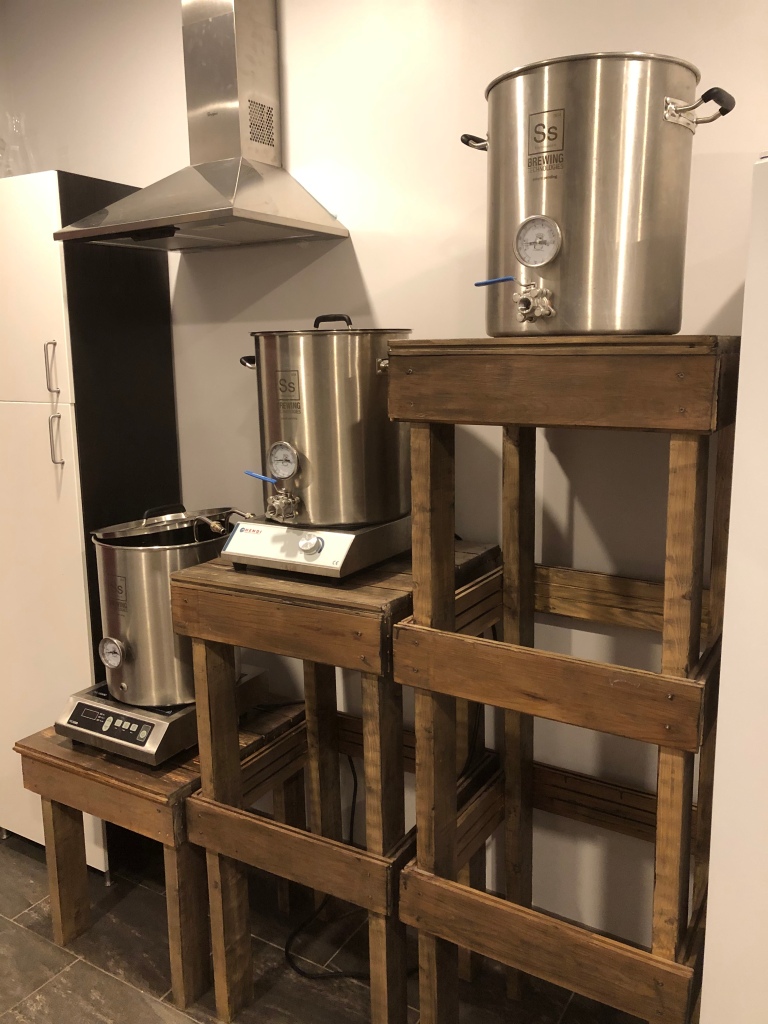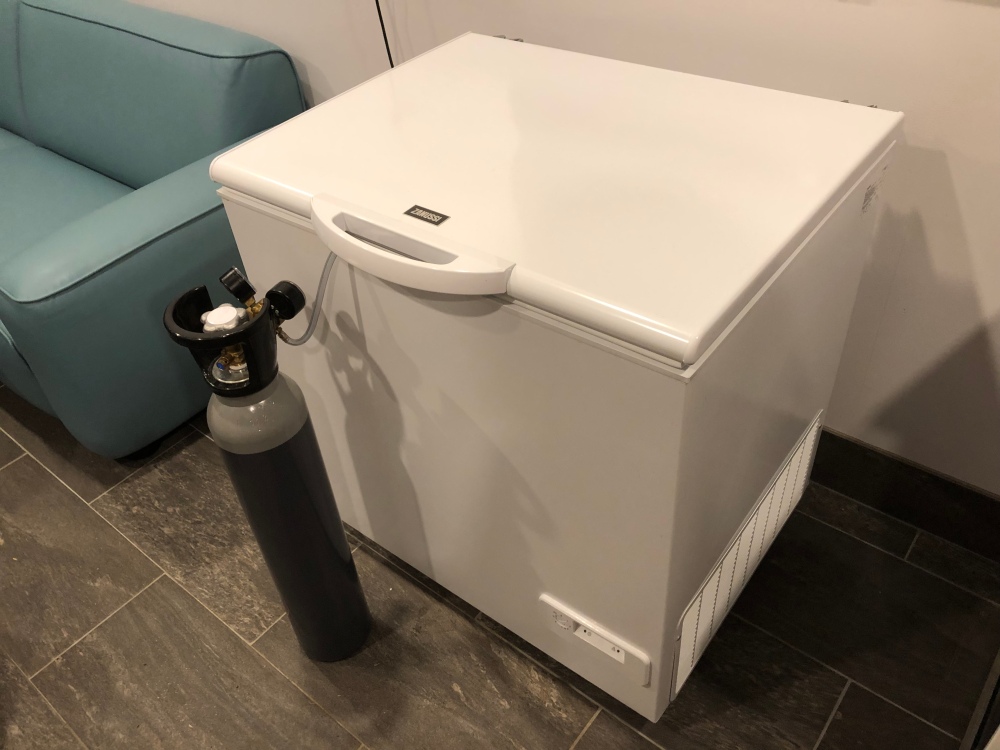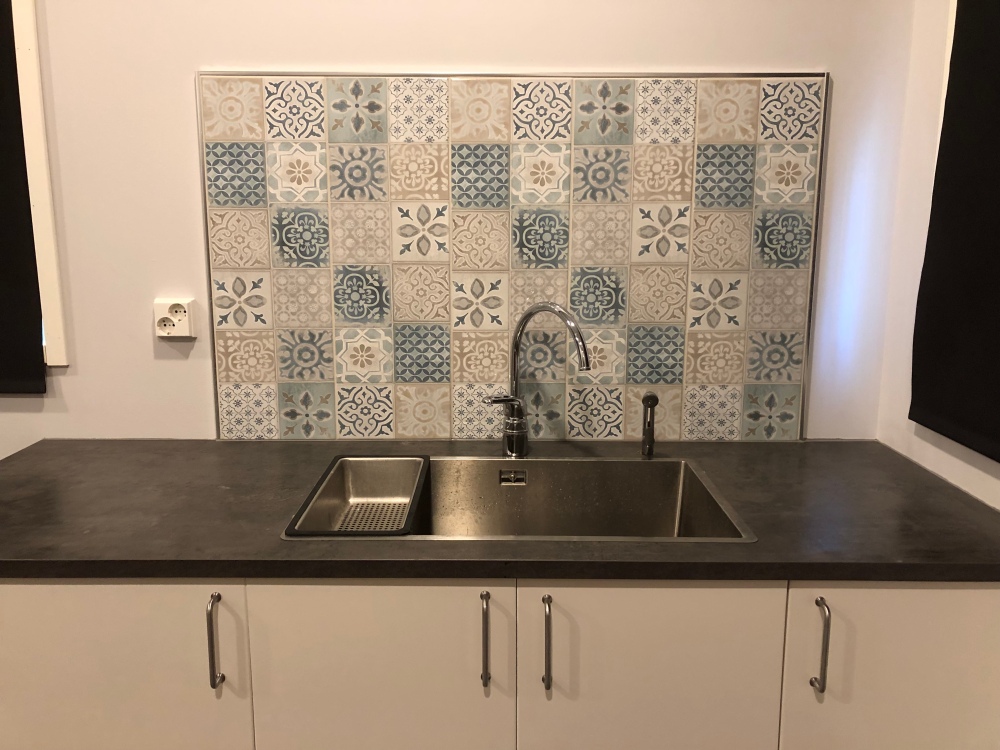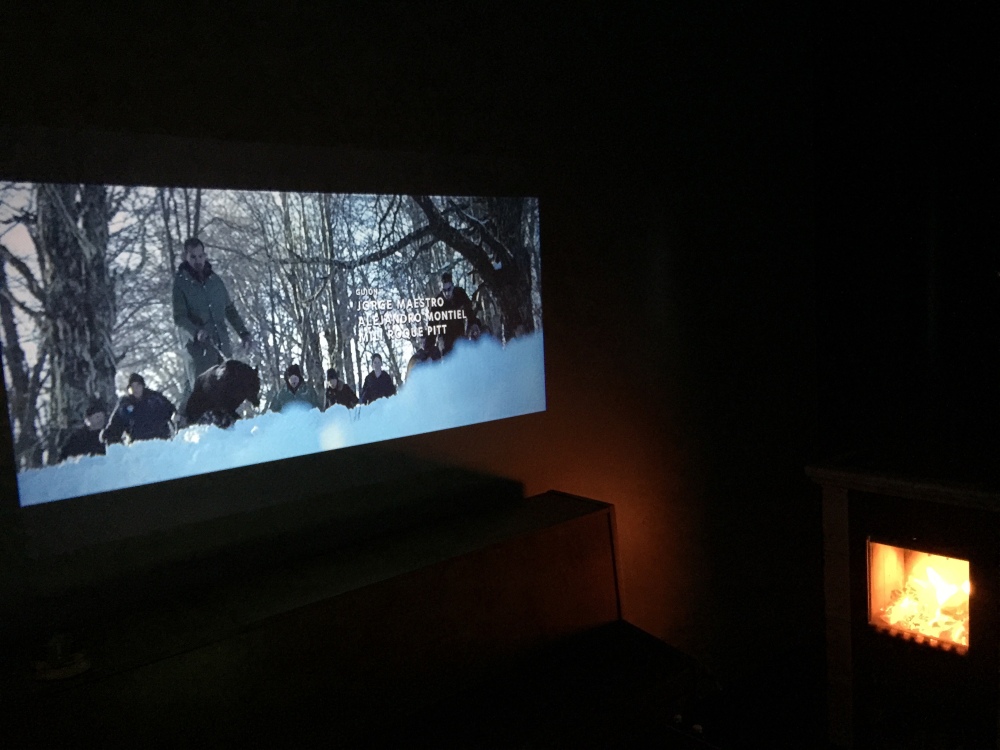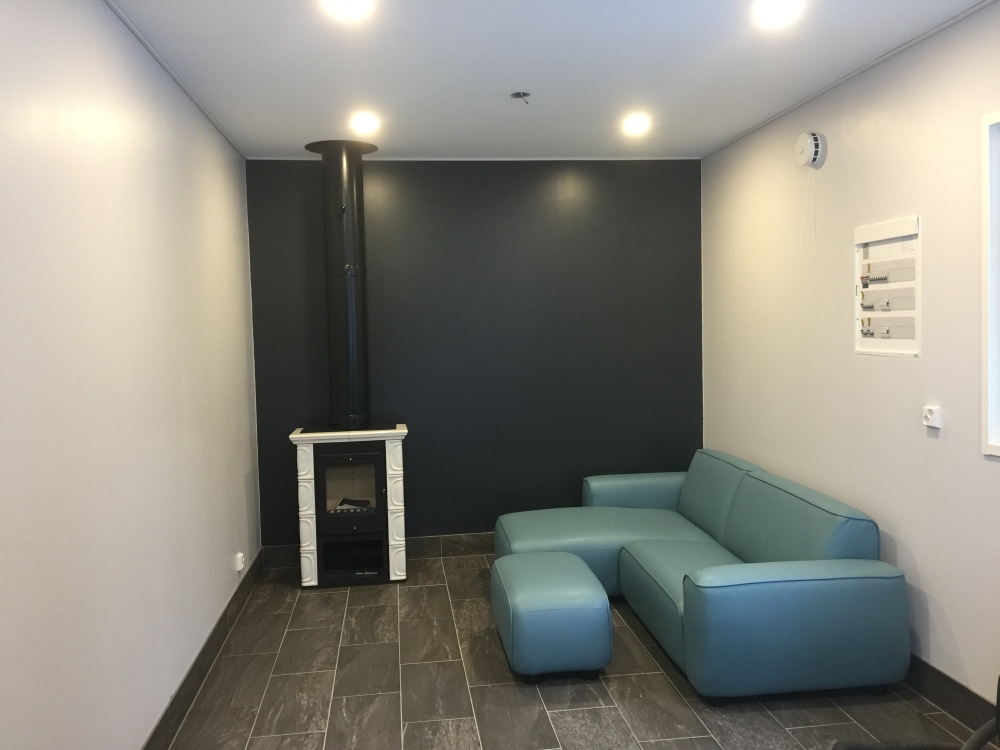Wooden Pickle Brewing: Brewery Update
It’s been a year and a half since my first post.— There I— wrote— about my plan to retire from my day job and opening a brewery when I turn 55. Now I am thinking perhaps already— at 50, which would be 9 years from now. It’s not that I’ve started to dislike my job per se. I suppose it’s more some sort of mid-life crisis. I’ve started to— more frequently ask myself questions like; Is what I do meaningful? Am I contributing anything to society? Here is an example:
Due to— organizational changes at work, we’ve had to shuffle around some of the responsibilities within our team as well. While working late one evening my boss was happy with how things were going. We seemed to be even more efficient than before. He ended his analysis (in full seriousness) with; there is of course still the same amount of shit to be done; only now, it’s now being done by different assholes.
It’s moments like this when you start questioning your life choices. Technically I was just called an asshole, after having sat in the same chair, staring at the same screen for 13 hours straight. The fact that I fully agreed with him didn’t help either. How did I end up here anyway?
While growing up, my friends wanted to become police officers, firefighters, superheroes, you name it. But not me. Already then I knew my destiny was to became a business controller. My friends dreamt of saving lives, I dreamt of keeping deadlines. One day I though, I will walk into my boss’ room, hand him a report, and just silently leave.
The Wooden Pickle brewery
I have a traditional three vessel system, with two 3.5 KW induction cookers as heat source. All three kettles are 10 gallons from SS Brewtech. You want at least 10-gallon kettles if you make 5 gallon batches. Trust me. Mash temperature I maintain by insulating the mash kettle, and by adding boiling water once or twice if necessary. I used to maintain temperature by heating the mash kettle with one of the induction cookers, but I found that I often overshot the targeted temperature. Adding boiling water is much more accurate.
The most recent addition to the brewery is a Blichmann Riptide pump. I use it to create a whirlpool as I cool the wort with an immersion chiller. Originally, I planned on also using it to re-circulate the mash, but at least my first try was a complete disaster. I got a stuck mash and ended up scorching the bottom of the mash tun so bad it took me over a month to clean.
All transfers between kettles are gravity fed. From the boil kettle, I transfer the wort to my SS Brewtech 7 gallon conical fermenter, where I oxygenate either with pure oxygen or with an aquarium pump before pitching yeast.

Another— recent addition to the brewery is a fridge for controlling fermentation temperature. I used to control fermentation temperature with my own semi-automatic system, using frozen PET bottles,— a duct fan and an— Inkbird controller. (I have written a separate blog post explaining it). It was cheap, and worked well, but with a fridge it’s much— easier. The only issue I have is that the fridge may be a bit over-sized for the fermenter. Here’s an example of what I mean:
The smallest gap on the Inkbird between when the thermostat switches on and off is 0.3—°C. So let’s say I set the temperature to 18—°C. When the temperature rises to 18.3—°C the fridge is turned on and starts cooling the wort down until the temperature is back down to 18—°C. However, because of the size of the fridge, there is so much cool air surrounding the fermenter that the temperature of the wort continues to drop even though the fridge is now turned off. I’ve seen the temperature drop as much as 0.4—°C below the targeted temp, which would mean 17.6—°C in this case, meaning that the total fluctuation is 0.7—°. Whether or not that is enough to have a negative impact on the beer I don’t know, but to fix it, I’ve stopped using the conical’s thermowell. Now I just attach the Inkbird’s probe to the outside of the conical and insulate it. This way the probe reacts faster to temperature changes, and as a result, the temperature of the wort is much more stable. That I’ve measured with a separate thermometer inside the thermowell.
The Keezer
I’ve had this freezer for close to two years already, as well as all the needed accessories to make it into a proper keezer, but I have yet to find motivation to finalize it. My faucets have flow regulators and they work just fine when connecting them directly to the kegs. The only thing I still need to make is the wooden frame. I made one frame a year ago, but it was too thick to fit the lid. But I will make a frame eventually. Perhaps even sooner than later since I recently purchased a new 6kg CO2 cylinder that doesn’t fit into the freezer, so a wooden frame I could drill a hole through for the CO2 line would be needed. Anyway, the freezer is just large enough to fit four kegs, or one normal sized adult if you’re into that kind of stuff.
This is where I do my cleaning. Currently I only get cold water in the brewery, but there is plenty of warm water to be collected from the wort chilling process.
Movie Nights
Originally, I planned on buying a TV for the brewery, but I wasn’t sure how the TV would react to all the moisture and temperature fluctuations, so I settled on a cheap projector instead. The picture quality is far from perfect, but you get what you pay for. For me, it’s good enough not to affect the experience. Most importantly, beer is only a few steps away.
I love that fireplace. The brewery has underfloor heating, but to save energy I keep the room at around 10—°C in the winter. With the fireplace, I can heat the brewery up to room temp in no time. Also, after a brew day there is usually quite a lot of moisture in the room, and a live fire really helps to dry it out afterwards.




